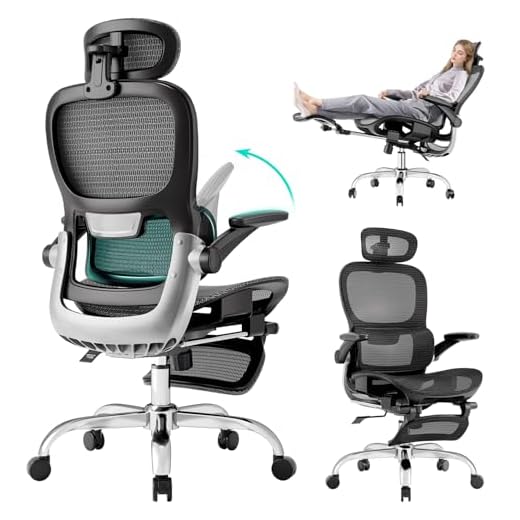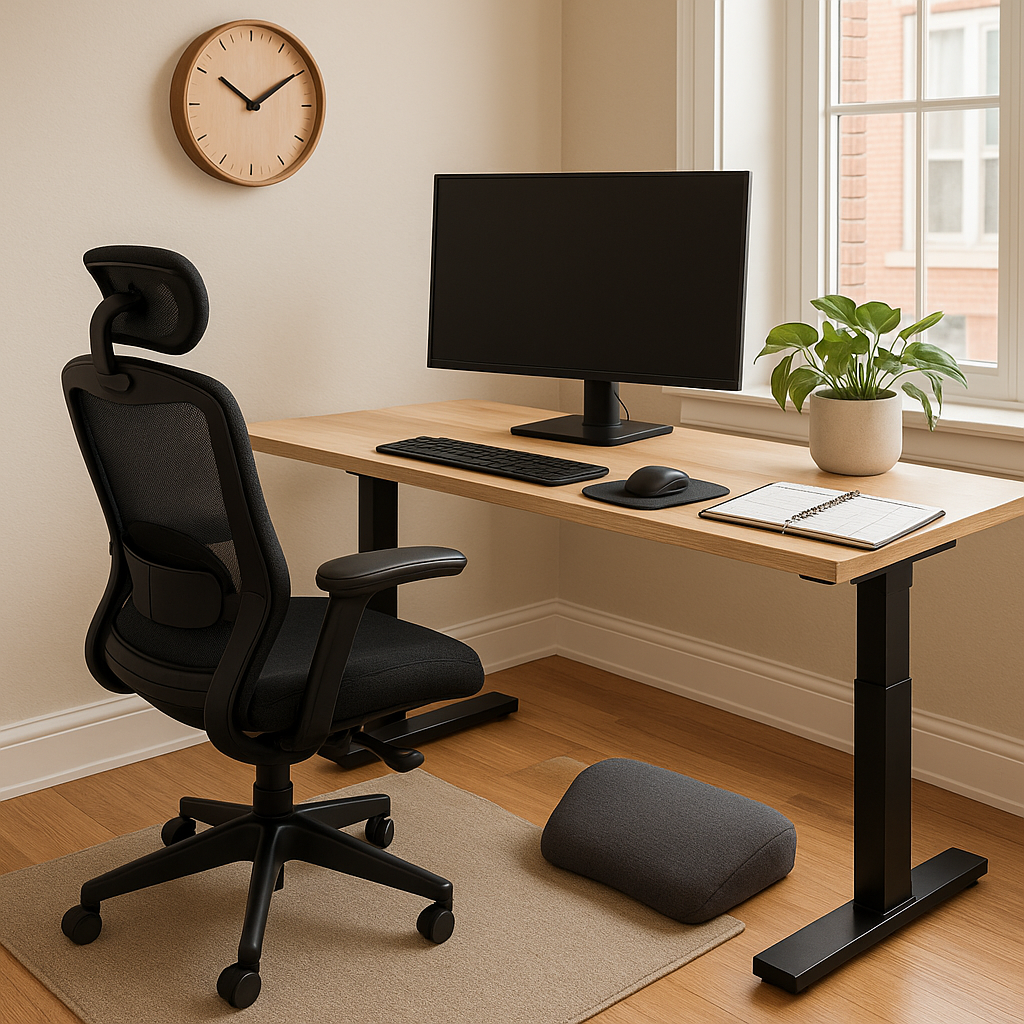Living with an autoimmune disease often means navigating fatigue, joint pain, brain fog, and other unpredictable symptoms. But that doesn’t mean your work life has to come to a halt—especially if you’re working from home. The right environment and tools can make all the difference. Here’s the gear I rely on to stay productive and comfortable while managing my autoimmune condition from home.
🪑 Ergonomic Chair for Chronic Fatigue and Joint Pain
If you spend hours at your desk, a good ergonomic chair is non-negotiable. Look for chairs with lumbar support, adjustable height, and breathable materials. One with a headrest and seat tilt can help reduce strain on your lower back and hips—common pain points for many autoimmune warriors.
Tip: Choose an ergonomic chair for chronic fatigue syndrome or arthritis with multiple points of adjustment so you can shift positions throughout the day.

🧍♀️ Standing Desk for Flexibility and Circulation
A standing desk for joint pain has been a game-changer. It lets me alternate between sitting and standing, which reduces stiffness and boosts circulation. I use a height-adjustable model that moves smoothly at the touch of a button.
Bonus: Standing part of the day can help with energy dips and prevent the muscle deconditioning that sometimes comes with prolonged fatigue.


✋ Wrist Supports for Typing and Swelling
Autoimmune diseases like rheumatoid arthritis or lupus can cause swelling and stiffness in the hands. Wrist supports for typing help prevent strain and reduce inflammation. I wear lightweight braces when typing and use a memory foam wrist rest to support my forearms.

🛋️ Lumbar Cushions for Targeted Back Support
Even with a great chair, a lumbar cushion for back pain adds extra support exactly where you need it. Mine is made of memory foam and stays in place with an adjustable strap. It helps me maintain good posture, especially on tough days when pain and fatigue try to take over.

⏱️ Time Management Planner for Fatigue & Brain Fog
One of the hardest parts of managing an autoimmune condition is energy regulation. I use a time management planner for fatigue to break my day into manageable chunks and schedule rest breaks. This helps me prevent burnout and stay focused—even when brain fog sets in.
Look for planners that include:
Daily energy tracking
Space for rest goals
Built-in prioritization tools

Working from home with chronic illness doesn’t mean sacrificing productivity or comfort. With the right ergonomic gear and smart planning tools, you can build a space that supports your health and work goals. Whether you’re newly diagnosed or just trying to optimize your setup, these essentials have made a big difference in my daily life.

